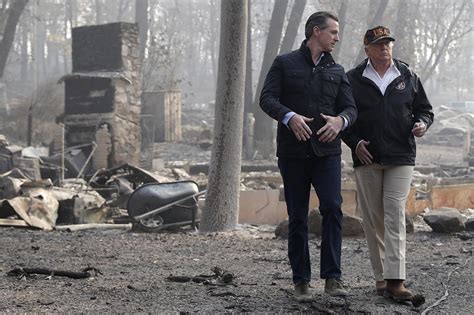
Electric Vehicle Sparks Devastating Apartment Fire On Frazier Avenue: Unraveling the Complexities
Introduction
On a recent fateful evening, Frazier Avenue became the scene of a devastating apartment fire that sent shockwaves through the community. The blaze, fueled by an electric vehicle (EV) charging in the carport, engulfed the building, leaving behind a charred shell and displacing its occupants. This incident has sparked a wider conversation about the potential risks associated with EV fires and the measures that can be taken to mitigate them.
The Fire’s Origin and Impact
According to preliminary investigations, the fire originated from an EV that was plugged into a Level 2 charger in the carport of the apartment building. The charging process likely contributed to a thermal runaway event, causing the battery cells to overheat and ignite. The intense heat quickly spread, enveloping the carport and eventually the entire building. The fire department responded swiftly, but the extensive damage had already been done.
Perspectives and Analysis
EV Fire Risks
Experts emphasize that while EV fires are statistically less common than those involving gasoline-powered vehicles, they can be significantly more challenging to extinguish due to the dense energy stored in EV batteries. The chemical composition of EV batteries makes them prone to thermal runaway, a process that can lead to a rapid release of heat and an explosion.
Furthermore, the location of the fire within a residential building poses additional risks. Smoke and toxic gases produced by burning EV batteries can quickly fill enclosed spaces, making evacuation more perilous for occupants.
Safety Measures
To address these concerns, experts recommend a range of safety measures. These include proper installation of EV chargers in well-ventilated areas, regular maintenance of charging equipment, and the use of fire suppression systems specifically designed for EV fires. Building codes and fire safety regulations may need to be updated to reflect the unique hazards associated with EV charging.
Environmental Impact
Apart from the immediate safety concerns, EV fires can also have a significant environmental impact. The burning of lithium-ion batteries releases toxic chemicals into the air, including hydrofluoric acid and other hazardous compounds. These emissions can contribute to air pollution and pose potential health risks for firefighters and nearby communities.
Policy Implications
The Frazier Avenue fire highlights the need for policymakers to take a proactive approach in addressing EV fire risks. This includes implementing stricter safety standards for EV charging, promoting public education campaigns on EV fire prevention, and investing in research and development of fire suppression technologies specifically designed for EV fires.
Conclusion
The devastating apartment fire on Frazier Avenue serves as a stark reminder of the potential risks associated with EV fires. While EVs offer significant environmental benefits, their adoption must be accompanied by robust safety measures and a comprehensive understanding of their unique hazards. By addressing these concerns through collaboration between industry, government, and the public, we can ensure the safe and sustainable transition to a future electrified with EVs.




